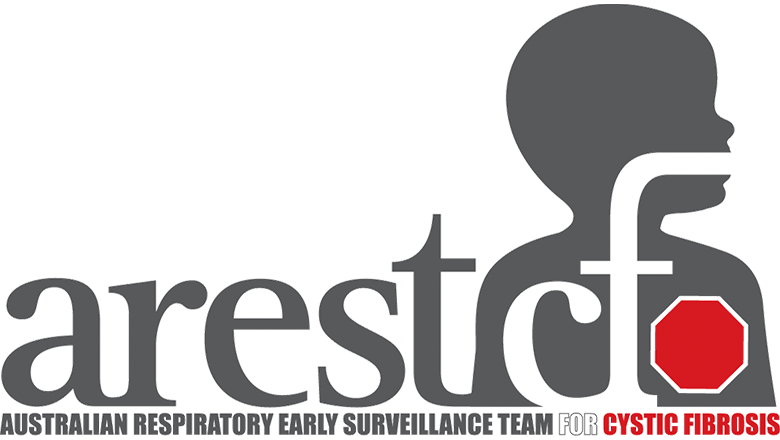Search
Research
Alpha-1 antitrypsin mitigates the inhibition of airway epithelial cell repair by neutrophil elastaseFree NE activity is deleterious for epithelial homeostasis and support the hypothesis that proteases in the airway contribute to CF structural lung disease
Research
The effect of 100% oxygen on tidal breathing parameters in preschool childrenThis study aimed to determine whether breathing 100% oxygen altered tidal breathing parameters in healthy young children and young children with CF.
Research
Hypoxia and sterile inflammation in cystic fibrosis airways: Mechanisms and potential therapiesIn this review, we consider recent evidence regarding hypoxia and sterile inflammation in cystic fibrosis airways
Research
The effect of inhaled hypertonic saline on lung structure in children aged 3-6 years with cystic fibrosis (SHIP-CT): a multicentre, randomised, double-blind, controlled trialIn the Saline Hypertonic in Preschoolers (SHIP) study, inhaled 7% hypertonic saline improved the lung clearance index in children aged 3-6 years with cystic fibrosis, but it remained unclear whether improvement is also seen in structural lung disease. We aimed to assess the effect of inhaled hypertonic saline on chest CT imaging in children aged 3-6 years with cystic fibrosis.
Research
Reducing exacerbations in children and adults with primary ciliary dyskinesia using erdosteine and/or azithromycin therapy (REPEAT trial): study protocol for a multicentre, double-blind, double-dummy, 2×2 partial factorial, randomised controlled trialPrimary ciliary dyskinesia (PCD) is a rare, progressive, inherited ciliopathic disorder, which is incurable and frequently complicated by the development of bronchiectasis. There are few randomised controlled trials (RCTs) involving children and adults with PCD and thus evidence of efficacy for interventions are usually extrapolated from people with cystic fibrosis.
Research
Protocol for a study of the psychosocial determinants of health in early childhood among children with cystic fibrosisThis protocol outlines the study aims to investigate the causal effect of psychosocial functioning, parenting and attachment on physical health outcomes in...
Research
Protocol For Study Of Information Needs Of Parents Of Infants Newly Diagnosed With Cystic FibrosisThis study aimed to investigate the information needs, priorities, and information-seeking behaviours of parents of infants newly diagnosed with CF.

News & Events
Cystic fibrosis research a Eureka Prize finalistA world-leading cystic fibrosis research program, based at The Kids Research Institute Australia, is a finalist in the 2015 Australian Museum Eureka Prizes.
News & Events
Healthy lungs, healthy lifeThe lungs are one of the last organs in the body to develop as a baby grows. They're also one of the most important.
Research
BEAT CF pulmonary exacerbations core protocol for evaluating the management of pulmonary exacerbations in people with cystic fibrosisCystic fibrosis (CF) is a rare, inherited, life-limiting condition predominantly affecting the lungs, for which there is no cure. The disease is characterized by recurrent pulmonary exacerbations (PEx), which are thought to drive progressive lung damage. Management of these episodes is complex and generally involves multiple interventions targeting different aspects of disease. The emergence of innovative trials and use of Bayesian statistical methods has created renewed opportunities for studying heterogeneous populations in rare diseases.
